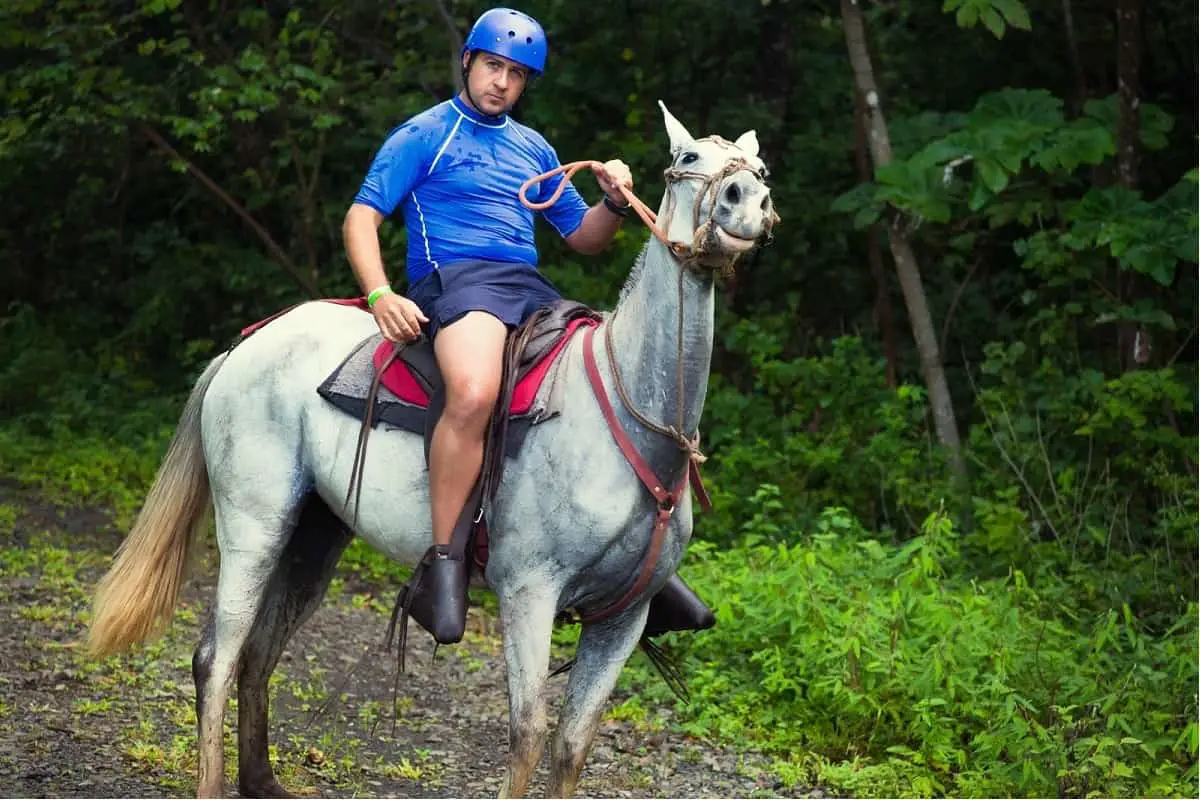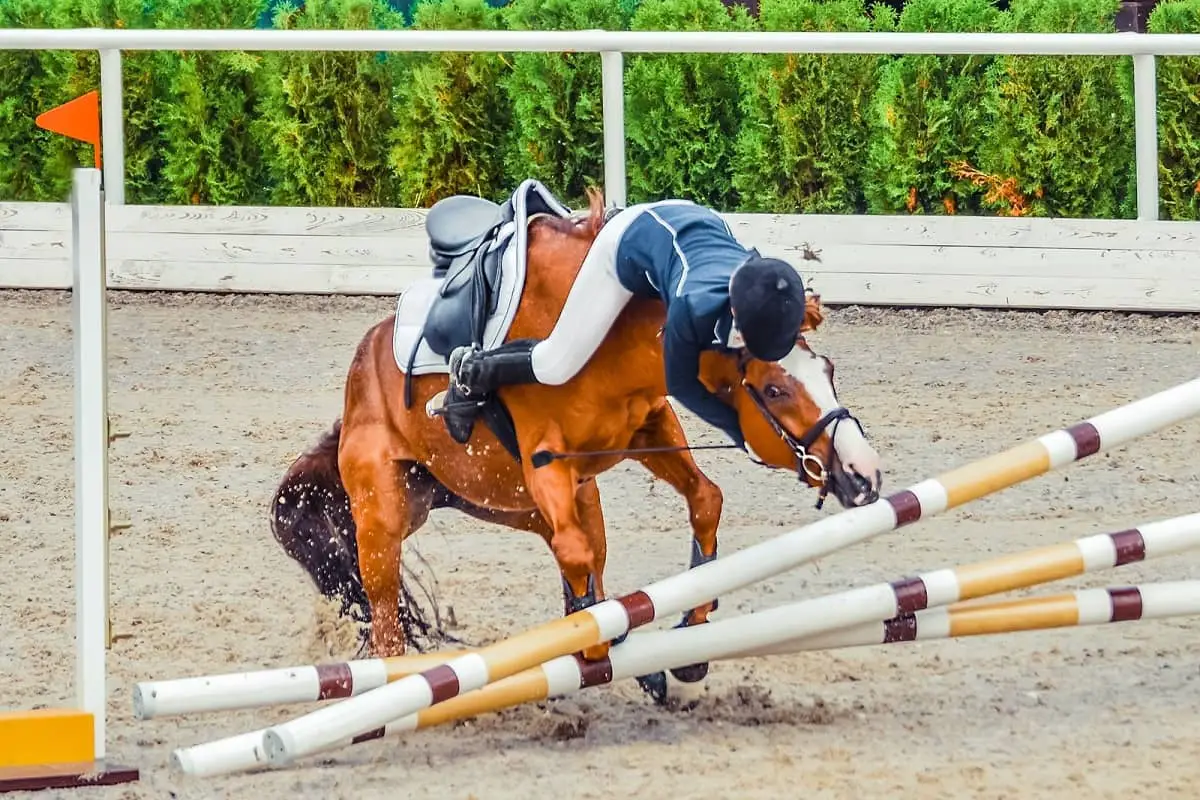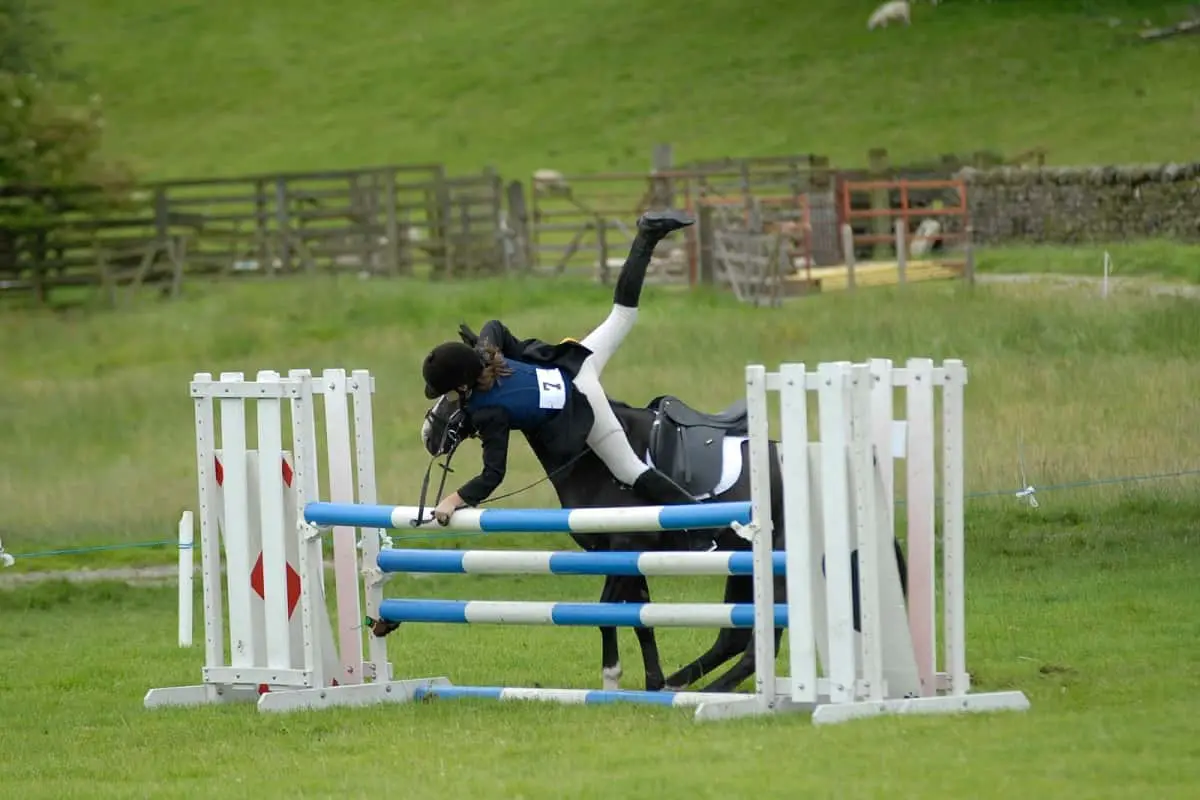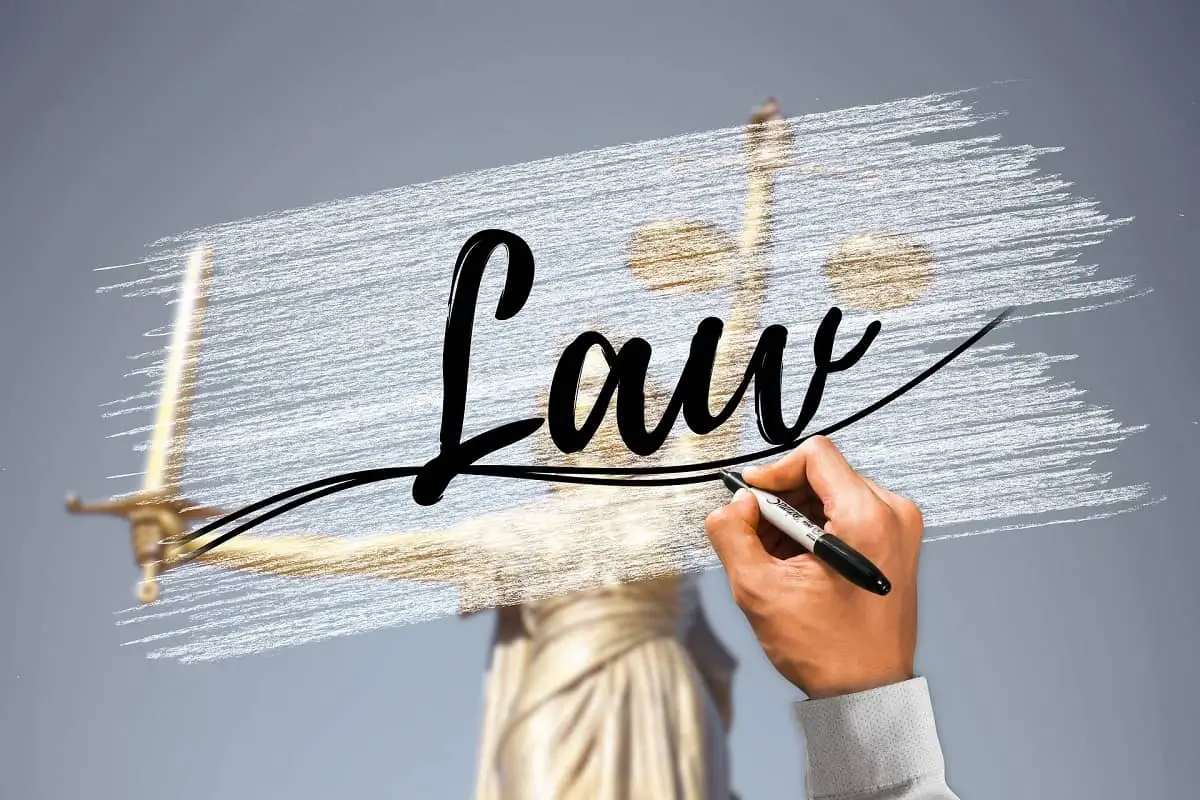Can You Use A Bike Helmet For Horseback Riding?
Almost all horse riders will wear an equestrian helmet when riding. And, we can be reasonably sure that none of them wear a bicycle helmet while horse riding. Why is that?
Is it safe to use a bike helmet when riding a horse? What are the differences between an equestrian helmet and a bicycle helmet?
You may have read elsewhere that it’s okay to use a bike helmet or any other type of helmet when horseback riding, but is it a good idea to do so?
Today, I’m going to tell you why wearing a bike helmet when horse riding is never a good idea, ever. No matter how big and strong you are, no matter how many years of horse riding experience you may have. A Bike helmet for horse riding is not a good idea. Read on to see why.
Page Content

Disclosure: As an Avantlink and Amazon Associate, we earn from qualifying purchases. Disclosure Statement.
Bike Helmet Vs Horse Helmet
Horse riding is an exhilarating experience that is enjoyed by people of all ages, but it comes with a certain level of danger. Even in professional riding competitions things can go wrong, which can result in a rider being thrown from a horse and landing heavily on the ground.
Of course, it goes without saying that you should always wear a helmet when riding a horse, due to the possibility of falling or being thrown from the horse and the chance of sustaining serious head injuries.
That is why the best thing to do is to provide yourself with the maximum protection by wearing a helmet. But, wearing a bicycle helmet on a horse is a big mistake.
Equestrian Helmet Vs Bike Helmet
When riding horses, riders need to wear a helmet that is specifically made for horse riding. A lot of people see a helmet as a helmet and that’s all there is to it. It’s just a piece of head-wear that covers your head and it’s held in place with a chin strap.
The actual helmet part that covers your head is made of a hard plastic to take the pain out of rocks and other hard surfaces, then on the inside is a foam liner which softens the blow somewhat when you fall.
SUGGESTED: Horse Riding Helmets for Kids
In fact, why can’t we just wrap a pillow or a couple of cushions around our head. Surely that would be just as effective.
If only it were that simple.
If it really was as simple as that, then all helmets would be exactly the same. Bicycle helmets, motorcycle helmets, football helmets and so on. But despite having the same basic head covering and chin strap, they are definitely not all the same.

CPSC 1203 Vs ASTM F1163
If you’re a cyclist, you’ve probably heard of CPSC 1203 or even just “CPSC certified” bicycle helmets. CPSC 1203 is the safety standard that all bicycle helmets in the United States must be in compliance with if they are going to be manufactured for sale or imported into the United States.
If you’re in Europe, the corresponding safety standard for bicycle helmets is CE EN:1078.
CPSC 1203 is quite comprehensive, covering such things as approved materials that bike helmets can be made of, how helmets are to be tested, helmet stability, retention strap strength, impact-attenuation tests, etc..
You may also have heard of motorcycle helmets being “DOT approved“, referring to the safety standards that apply to motorcycle helmets in the United States. And you may have also heard of ASTM F2040, which is the safety standard for ski and snowboard helmets.
The point being that different types of helmets are made for different uses and need to protect the wearer from completely different types of falls or situations. They therefore need to undergo different types of testing to be fit for the purpose for which they are intended.
CPSC Section 1203.4 (b) states:
“Bicycle helmet means any headgear that either is marketed as, or implied through marketing or promotion to be, a device intended to provide protection from head injuries while riding a bicycle.2”
https://www.ecfr.gov/current/title-16/chapter-II/subchapter-B/part-1203
Footnote 2 clarifies:
“Helmets specifically marketed for exclusive use in a designated activity, such as skateboarding, rollerblading, baseball, roller hockey, etc., would be excluded from this definition because the specific focus of their marketing makes it unlikely that such helmets would be purchased for other than their stated use.”
So, with regard to bicycle helmets, a helmet that is marketed as a bicycle helmet is a bicycle helmet not a horse riding helmet. And, helmets marketed for exclusive use as an equestrian helmet do not match the definition of a bicycle helmet and as such would not be marketed as anything but a horse riding helmet.

If a helmet is to be used for the activity of horseback riding, then it should be certified to ASTM F1163 standards (Standard Specification for Protective Headgear Used in Horse Sports and Horseback Riding).
In fact, if you are going to take part in an organized equestrian activity, dressage, show jumping, and so on, many equestrian governing bodies require participants to wear a helmet that is certified to ASTM F1163 standards.
SUGGESTED: Horse Riding Helmets For Toddlers
Just to clarify, the standards are developed by the American Society for Testing and Materials (ASTM), but it is the role of the Safety Equipment Institute (SEI) to do the testing and certification of the helmets.
Properly tested and certified helmets will have a label inside stating that the helmet has been tested by SEI to ASTM standard F1163-15.
Just like bicycle helmets, horse riding helmets undergo rigorous testing before being certified. The testing of horse riding helmets is similar to most other helmets in that the testing includes testing the strength of the retention strap and impact-attenuation tests by way of being dropped onto a flat anvil.
Riding helmets are also dropped onto a sharp-cornered anvil to simulate a kick from a shod horse’s hoof. That’s not something that bicycle helmet needs to be tested against. In addition, the test line on a riding helmet is lower than on a bicycle helmet meaning that the equestrian helmet needs to provide more coverage at the side and rear of the head. These are critical differences between these two types of helmet.
Extent Of The Law
Earlier in this article I wrote, “CPSC 1203 is the safety standard that all bicycle helmets in the United States must be in compliance with”, notice that I used the word ‘must’. That is because it is the law.

The Consumer Product Safety Commission (CPSC) administers several federal laws, one of which is the Consumer Product Safety Act (CPSA) of which CPSC Part 1203 (Safety Standard For Bicycle Helmets) is a federal regulation. So, in the section above where I quoted what constitutes a bicycle helmet, that is the definition as per the law of the United States.
On the other hand, the American Society for Testing and Materials (ASTM) and the standards developed by them, ie ASTM F1163, are not law. They are voluntary standards that are adopted and implemented by various organizations, not only in the United States but in many other countries as well. These standards are internationally recognized for good reason.
IMPORTANT: How to Know Your Helmet Size
What that means is that there is no federal law mandating the wearing of ASTM F1163 certified horse riding helmets. However, several States have enacted laws requiring the wearing of helmets that comply with ASTM F1163. Some States even have laws for places that have horses for rent to make helmets available to riders.
This content was originally published on headsdontbounce.com. If it appears on another website, it is a violation of the copyright owned by headsdontbounce.com.
Conclusion
This article is to encourage riders to wear protective headgear while riding horses and to be aware that bicycle helmets do not provide the same level of protection as equestrian helmets.
Keep in mind that the average cyclist’s head is around 5 feet (1.5 meters) off the ground, while the average horse rider’s head is around 8 feet (2.5 meters) above the ground. That could be quite a fall from a bucking bronco!
For those freedom loving folks who think that because there is no law saying they ‘have to’ wear a helmet so therefore they won’t, I will just leave it to your imagination how your head might feel if your horse gets spooked and bucks you off backwards. Your head goes flying through the air from about 10 feet up (3 meters), coming down hard on a rock, then kicked by the horse’s nice shiny horse shoe. Ouch!

Seems that it’s your choice. Choose wisely!
(Oh, and don’t forget the name of this website *wink* ).
Follow this link for an up to date listing of Equestrian Helmets certified to ASTM F1163-15 standards.
Related Reads:

